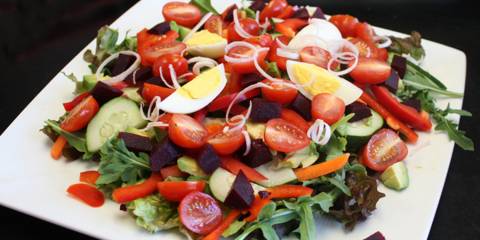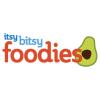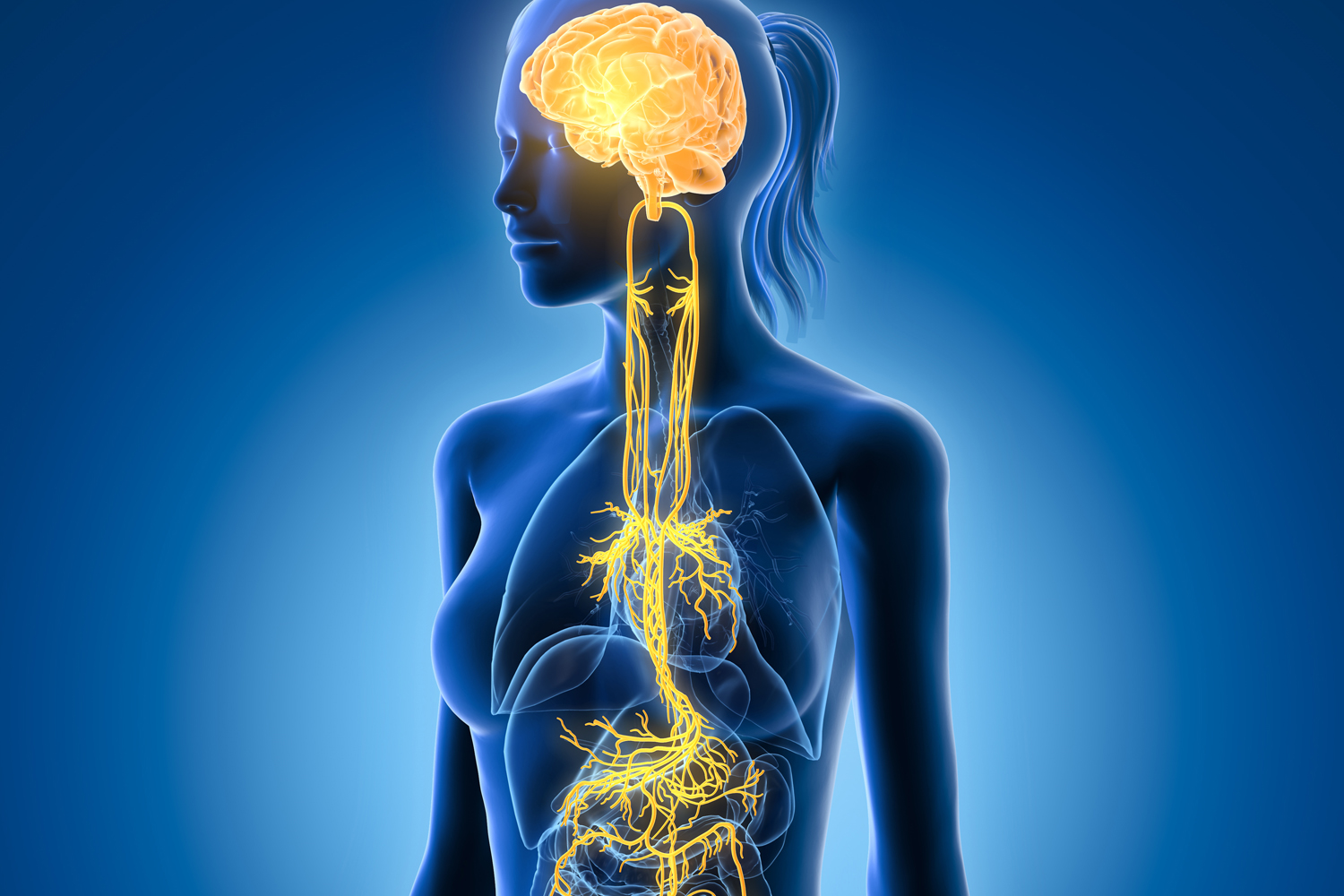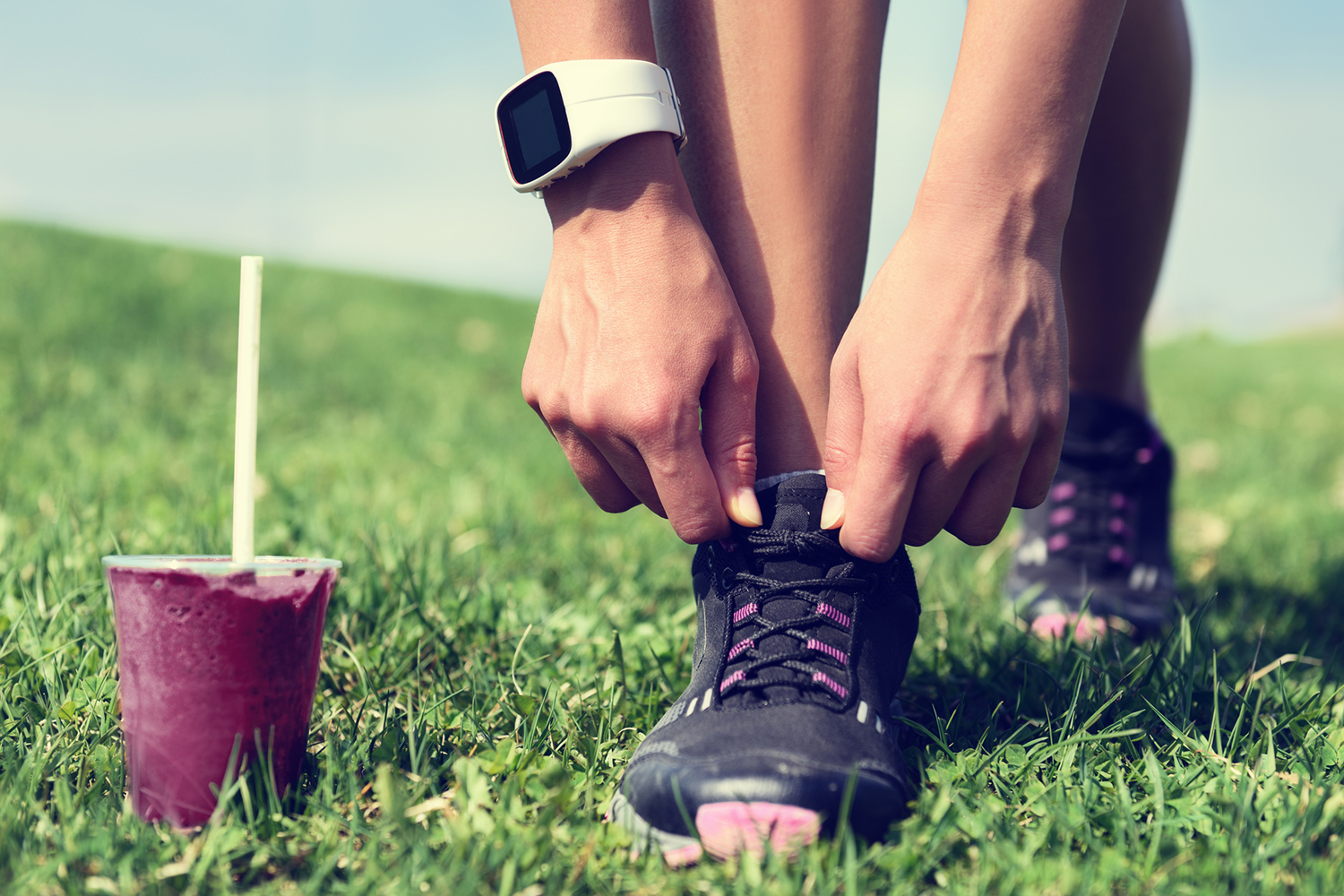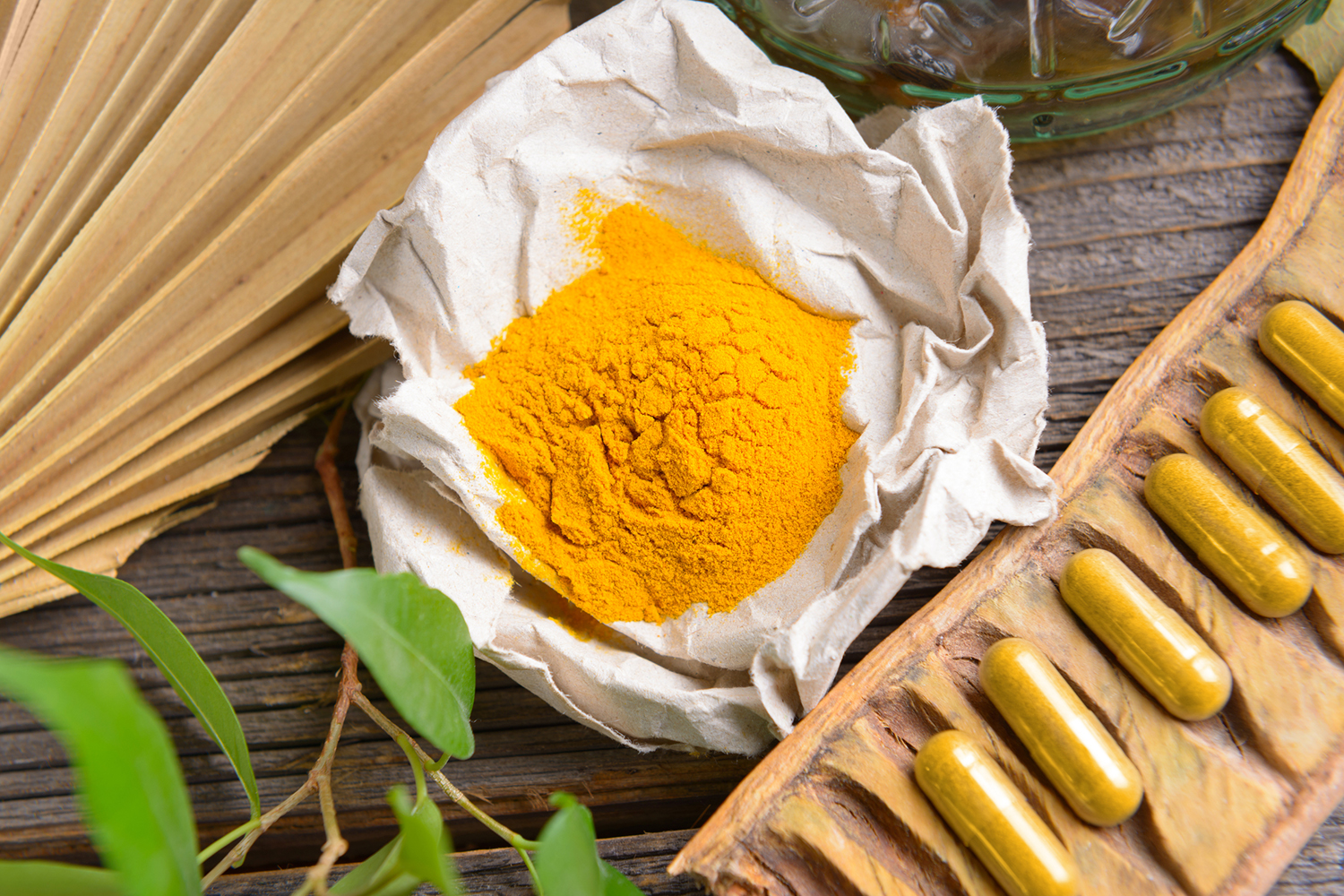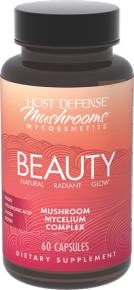What You Need
- White eggs
- Cold water
- Vinegar (Roughly 2 Tbsp to every pot of eggs you boil, except for the onion skins)
Natural Dye Ideas
-
Pink
Beets - Cut 1 beet into chunks and cook with the eggs. The eggs will turn a pale Victorian pink.
-
Pale Blue
Crushed Blueberries - Put about 1/4 cup frozen blueberries in a tall glass of water with two cooked eggs. Stir the blueberries, squish them against the glass and the eggs. The eggs will turn a pale blue with some very interesting specks and streaks where the fruit touched the shell.
-
Vivid Blue
Purple Cabbage Leaves – Boil 2 eggs with roughly half of a head of purple cabbage. Contrary to the striking purple color of the dye, the eggs will turn a brilliant bright blue.
-
Bronze-Orange
Yellow Onion Skins – Boil 2 eggs with the skins of roughly 3 yellow onions. The eggs will turn a rich bronze-orange color. The onion skins will leave a design on the eggs.
-
Red
Lots of Red Onion Skins.
-
Violet Blue
Fewer Red Onion Skins.
Dyeing the Eggs While They Cook
- Use a separate pan for each color.
- Add the eggs, natural substance, roughly 2 Tbsp vinegar and cold water to a pan. You just want to cover the eggs with water. (You want the color to be as concentrated as possible so be careful not to use too much water or else the color will be diluted.)
- Bring the eggs to a boil and let the mixture boil for 1 minute. Remove the pan from heat, cover it with a lid, and let simmer for 10-12 minutes.
- Transfer the eggs, liquid, and some of the natural substance to a bowl and let them cool completely. Cover the bowl with plastic wrap and place it in the refrigerator to let the eggs dye for several hours or overnight. (Include some of the fruit/vegetable substance to add patterns and specks to the eggs. If you want a more solid color, let the eggs soak over night in only the colored liquid.)
Dyeing the Eggs After They Are Cooked
- Place the white eggs in the bottom of a deep pan. Cover with roughly 2 Tbsp vinegar and cold water. Bring to a boil and let boil for one minute. Remove the pan from the heat, cover it with a lid, and let simmer for 10 to 12 minutes.
- Using a separate bowl for each color, mix the natural dyes with the eggs. You want the eggs to be completely covered by the dye but you want the color to be as concentrated as possible.
- Once the eggs are dyed, remove them from the colored liquid, rinse them with cold water and let them air dry for 5 minutes. Pat them dry with a paper towel. For a shiny finish, rub them with vegetable oil. Be careful with all of the dyes as they may stain.

